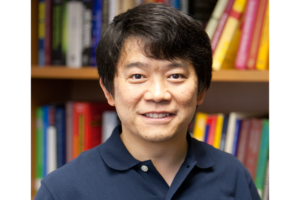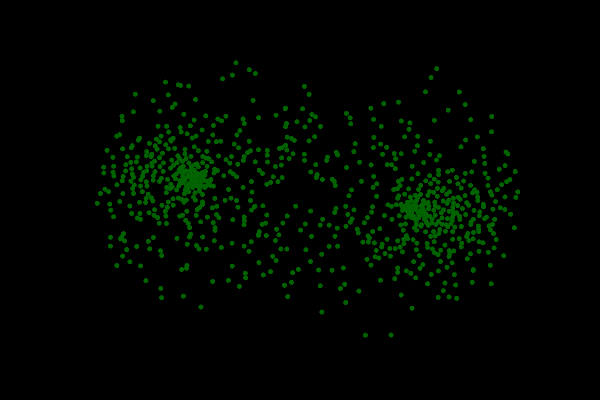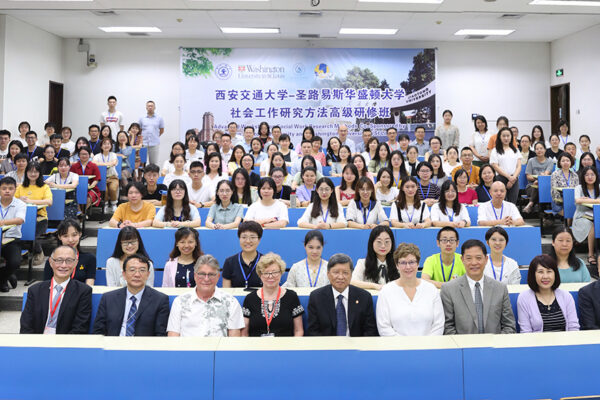The Chan Zuckerberg Initiative (CZI) on Dec. 2 announced two research groups led by Washington University in St. Louis faculty were named Frontiers of Imaging grantees.
Both groups will focus on the brain — where current imaging techniques can penetrate just about the depth of a couple of human hairs — with $1 million each to help fund the first stage of research.
“People recognized that this was a fundamental problem for classical optics,” said Jung-Tsung (JT) Shen, associate professor in the Preston M. Green Department of Electrical & Systems Engineering. He is principal investigator of one team, working with co-principal investigators Lihong Wang, of California Institute of Technology, and Junichiro Kono, of Rice University.

Since classical optics has reached a barrier, Shen is using a different approach — exploiting the quantum entanglement between probing photons.
Another group will utilize photoacoustics. “If successfully realized, our technology will represent a quantum leap in molecular imaging, and we expect broad adoption across biomedical sciences and medicine,” said Song Hu, associate professor of biomedical engineering and principal investigator of the second group.

Hu is working with co-principal investigators Lan Yang, the Edwin H. & Florence G. Skinner Professor of electrical and systems engineering, and Adam Kepecs, a BJC Investigator and professor of neuroscience and of psychiatry at the School of Medicine. They are developing a new photoacoustic technology that will enable cellular-resolution molecular imaging deep inside live tissue.
The two awards are part of nearly $13 million in funding from CZI to support biomedical imaging research projects.


